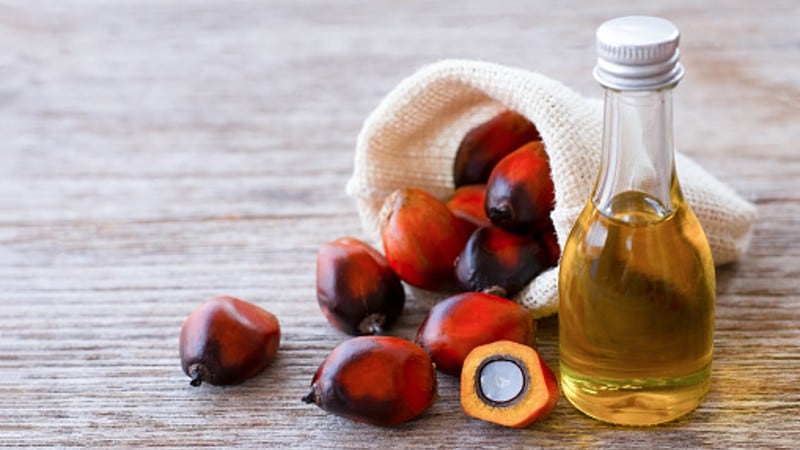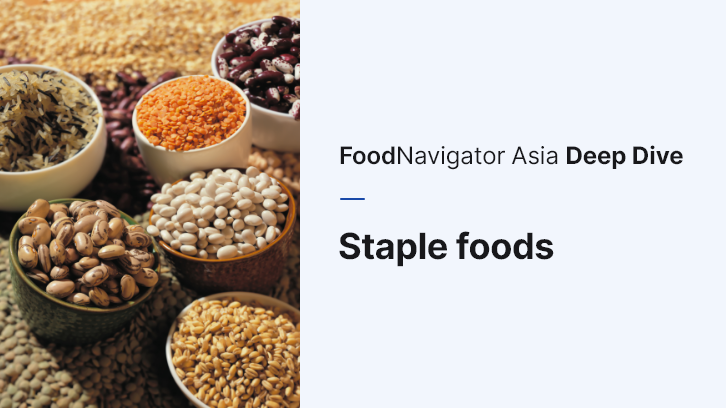This was the argument put forth by International Union for Conservation of Nature (IUCN) Oil Crops Task Force Chair Erik Meijaard during the recent International Conference of Palm Oil and Environment (ICOPE) 2025, based on the IUCN report Exploring the future of vegetable oils published in 2024.
“The first thing to remember is that vegetable oils are not optional additions to the human diet, but indeed an essential source of saturated and unsaturated fats that make up part of a healthy diet,” he told the floor.
“As such, the larger the population grows, the more oil is going to be needed, and between 2021 and 2030 it has been estimated that an increase of about 33 million tons of vegetable oil will be required to meet nutritional needs and demands.
“At present, vegetable oil covers some 543 million hectares of land worldwide, which is about 37% of all agricultural land – this is not referring to any single vegetable oil crop e.g. palm oil, but all oil crops including sunflower, rapeseed, corn and so on.
He agreed that palm oil currently presents a paradox in that many past practices were not the best due to lack of education and funding and other reasons, but that it is an undeniable fact that there is no good substitute which is more sustainable at the moment.
“Many western markets view palm oil in black and white, and are polarised to the idea that palm oil is evil somehow – this is not true as the situation is far more complicated,” he said.
“Looking at this from a yields point of view, the data shows that if we attempt to swap out palm oil for alternatives, and to provide sufficient quantities to feed the world by 2050, this will mean needing to dedicate more than 200 million more hectares of extra land to oil crops, which is far from a sustainable move.
“Our report has also found that at 28.9 million hectares (mha), palm oil is actually not the oil crop taking up the most land – corn uses 205.9 mha, soybean 129.5mha, rapeseed 36.7mhs, groundnuts 32.7mha and sunflower seeds 29.5mha.
“It is also notable that there is very little mentioned about groundnuts/peanuts in literature anywhere in the world despite the large amount of land it takes up – which shows that no one is really asking many questions about this sector.”
In terms of solutions given the current situation, Meijaard urged global markets to look more closely at agricultural practices as opposed to the crops themselves.
“There really are no good or bad crops, only good and bad practices,” he said.
“It is not the crops that are creating problems, but the management, and all crops can be managed well or managed badly – so we need to focus on what good management really means as opposed to thinking of eradicating any one food source completely.”
Being realistic
He also urged administrations to be more realistic in making choices, and the report highlighted the potential consequences of refusing to go down the realistic route.
“We considered some scenarios for the future of vegetable oils, using extreme scenarios to suggest clear implications and alternative futures such as what would happen if all countries tried to achieve self-sufficiency through domestic production?” he said,
“For this scenario in particular, it would probably be a bad idea [especially for non-producer markets like Europe], as in the next 10 years, it would like have a massive fat gap (short fall in availability).
“As such, we can see that scenarios such as this are not really very realistic in terms of implementation, and why there is a need for realistic, nuanced solutions as opposed to silver bullet ones.”





